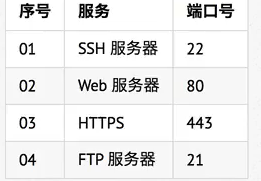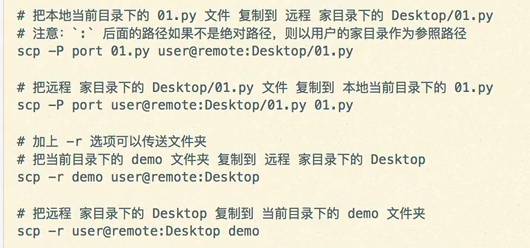System command
Time and date:
date (View system time)
cal (View the calendar of this month) cal -y (View the calendar of one year and 12 months)
Disk information:
df -h (check the remaining space of the disk) #focus on the / directory of the overload point
du -h [ directory name ] (check the file size in the directory)
Process: a program currently being executed
ps aux (Check the status of the process) #aux does not need -, for example: ps au is different from ls -lh

top (dynamically display the running process) #press q to end
kill pid (process code, kill process) #Use ps au to display the process code before use
Remote management commands
Network card: something that connects to a network cable and is responsible for communication between computers
IP address: the address information set on the network card
ifconfig view / configure the current network card configuration information of the computer
For example: ifconfig | grep inet
ping ip detects whether the connection to the target ip address is normal
ctrl + c pause ping
ping 127.0.0.1 to detect whether the local network card is working properly
SSH (Remote Management Server)
ssh [-p port] user@remote
Port username@address
ssh -p 22 [email protected]
The port number:

shutdown (shutdown / restart)

If after remote control, restarting the server is not enough, you need to add sudo:
sudo (super authority) shutdown -r now
scp (remote file copy) only in linux and unix use under

Two SSH client software Putty , XShell

putty

Xshell
